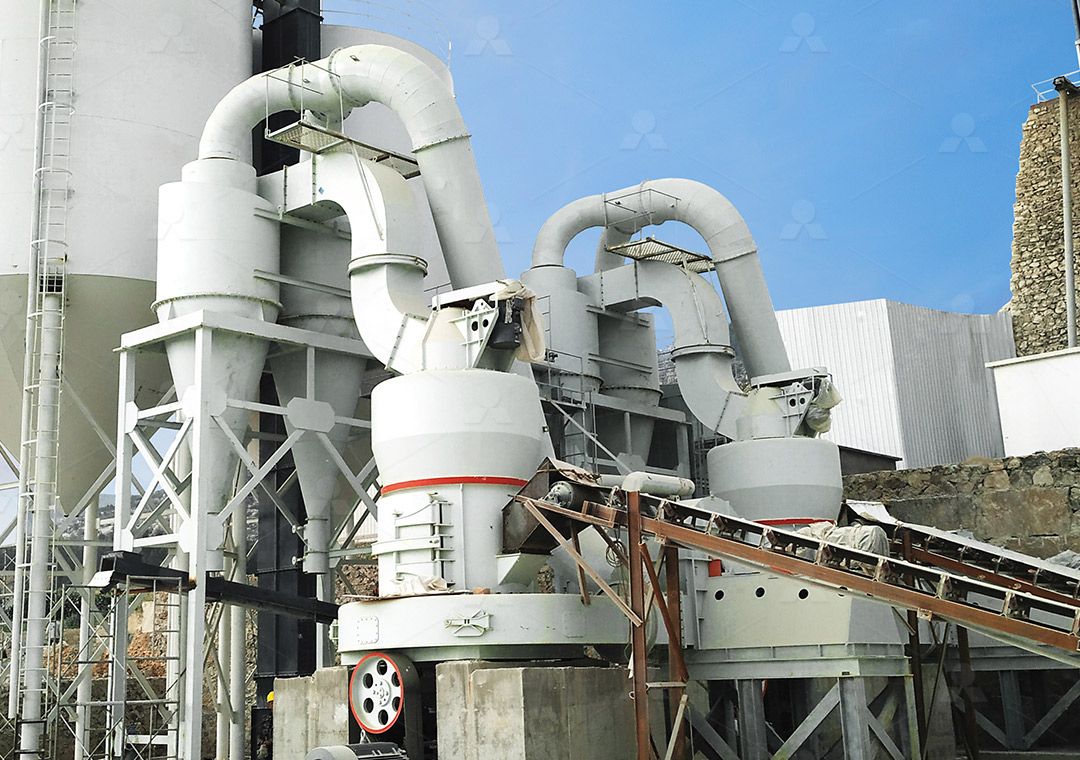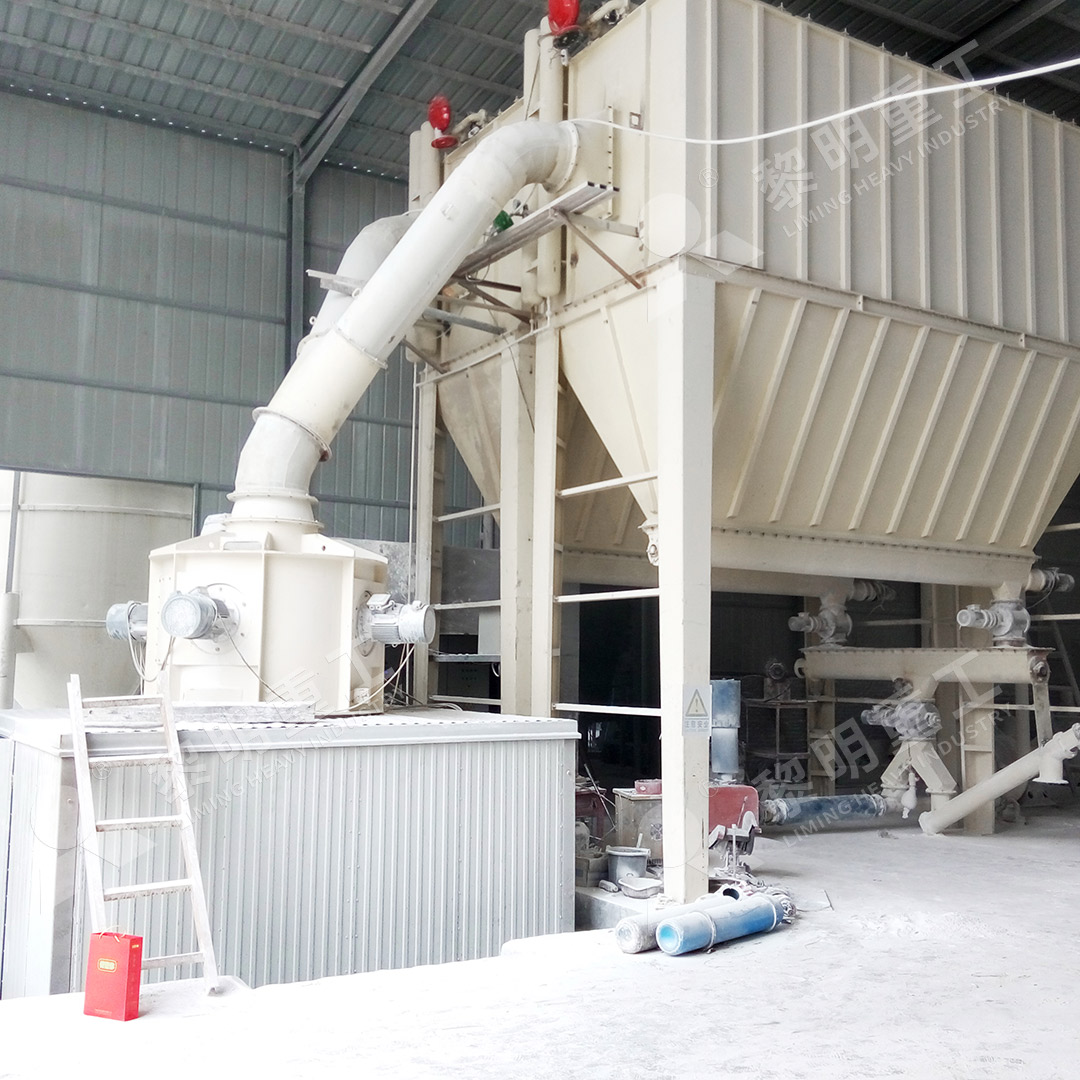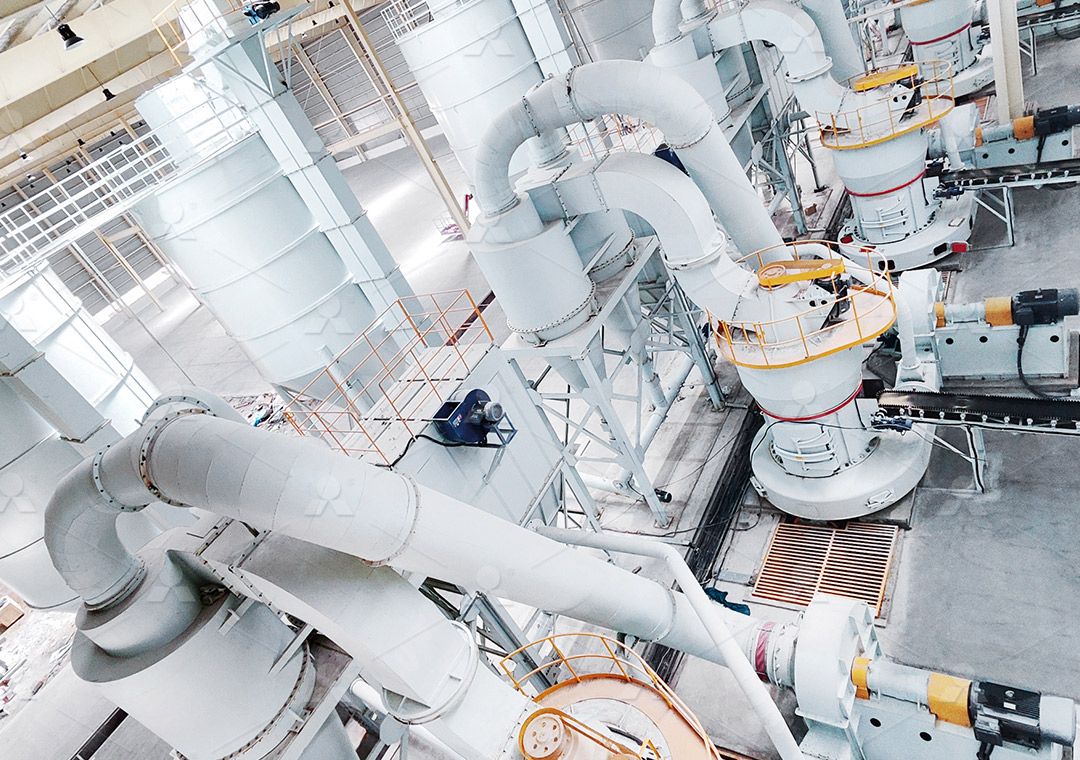Raymond Mill for Grinding Limestone: A Comprehensive Guide
Raymond Mill for Grinding Limestone: A Comprehensive Guide
Limestone grinding represents one of the most fundamental processes across numerous industries, from construction materials to chemical manufacturing. For decades, Raymond Mill technology has served as the backbone of efficient limestone powder production, offering reliable performance for medium-fine powder requirements. Understanding the proper selection, operation, and maintenance of these systems is crucial for optimizing production efficiency and product quality.

Understanding Limestone Grinding Requirements
Limestone’s physical properties vary significantly depending on its geological origin, moisture content, and chemical composition. These variations directly impact grinding efficiency and equipment selection. Traditional Raymond Mill systems typically handle materials with input sizes below 25mm and production capacities ranging from 0.6 to 5 tph, making them suitable for small to medium-scale operations where producing powders between 80-400 mesh satisfies quality standards.
The grinding mechanism involves centrifugal force driving rollers against a stationary ring, with crushed material carried by airflow to a classifier for size separation. This time-tested approach delivers consistent results for many applications, though technological advancements have introduced more sophisticated alternatives for operations demanding higher efficiency or finer products.
Modern Solutions for Enhanced Performance
While traditional Raymond Mills continue to serve many operations effectively, technological evolution has produced more advanced grinding systems that address limitations in energy consumption, maintenance requirements, and product fineness control. For operations requiring ultra-fine limestone powder with superior consistency, our MW Ultrafine Grinding Mill represents a significant leap forward.
This advanced system accepts limestone with input sizes up to 20mm and delivers production capacities from 0.5 to 25 tph. Its innovative design eliminates rolling bearings and screws within the grinding chamber, substantially reducing maintenance concerns and potential failure points. The cage-type powder selector, incorporating German technology, enables precise fineness adjustment between 325-2500 meshes with screening rates achieving d97≤5μm in a single pass.

Operational Advantages in Limestone Processing
The MW Ultrafine Grinding Mill demonstrates remarkable efficiency improvements over conventional systems. Comparative performance data reveals a 40% higher production capacity than jet or stirred grinding mills operating at equivalent fineness and power consumption levels. Perhaps more impressively, the system achieves twice the output of ball grinding mills while consuming only 30% of the energy required by jet grinding systems.
Environmental considerations are thoroughly addressed through integrated pulse dust collection and noise reduction technologies. The efficient pulse dust collector ensures minimal particulate emissions during operation, while specially configured silencers and noise elimination rooms maintain workplace noise at acceptable levels. These features combine to ensure full compliance with national environmental protection standards without compromising production efficiency.
Practical Considerations for System Selection
Selecting the appropriate grinding system requires careful evaluation of multiple factors beyond basic capacity specifications. Material characteristics, desired product fineness, available space, energy costs, and maintenance capabilities all influence the optimal equipment choice. For operations prioritizing ultra-fine powder production with minimal energy consumption, the MW series presents compelling advantages.
The external lubrication system enables maintenance without production stoppages, supporting continuous 24-hour operation critical for high-volume processing. Digitalized manufacturing processes ensure exceptional precision in core components, while comprehensive spare parts availability guarantees operational reliability and minimal downtime.

Frequently Asked Questions
What is the typical energy consumption for grinding limestone to 325 mesh?
Energy requirements vary by equipment type and limestone characteristics. The MW Ultrafine Grinding Mill typically consumes approximately 30% less energy than conventional jet milling systems when producing powder at 325 mesh fineness.
Can the same equipment handle both limestone and harder minerals?
While specifically engineered for limestone, the MW Ultrafine Grinding Mill effectively processes various non-metallic minerals including calcite, dolomite, and barite. For materials exceeding Mohs 7 hardness, consultation with our technical team is recommended.
What maintenance intervals should be expected?
The absence of rolling bearings and screws in the grinding chamber significantly extends maintenance intervals. Routine inspections typically suffice for 6-12 month periods under normal operating conditions, with wear parts accessible for replacement during planned downtime.
How does moisture content affect grinding performance?
Optimal performance occurs with moisture content below 5%. Higher moisture may require pre-drying systems, which can be integrated into the grinding circuit for comprehensive material handling.
What particle size distribution can be achieved?
The MW Ultrafine Grinding Mill produces exceptionally narrow particle size distributions, with d97≤5μm achievable in a single pass. The advanced separation system ensures consistent product quality across the entire fineness range from 325 to 2500 meshes.
